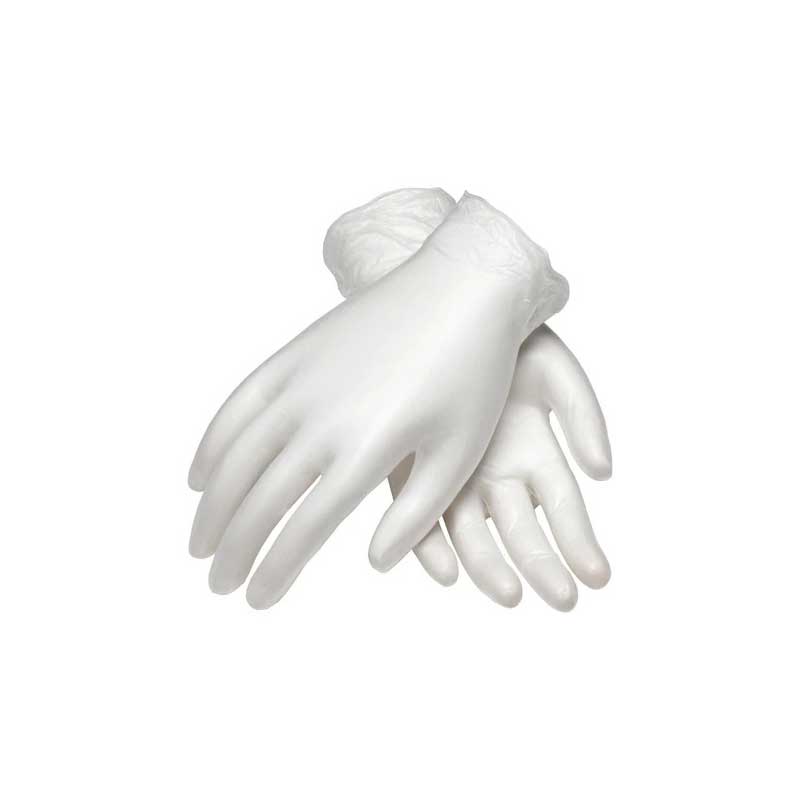
What is a Cleanroom Glove?
A cleanroom glove is a specialized type of glove designed for use in environments with strict cleanliness and contamination control requirements, such as cleanrooms, laboratories, and other controlled environments where precision, hygiene, and the prevention of particulate and microbial contamination are critical.
Cleanroom gloves are used to protect both the product being handled and the worker from potential contamination. They are typically made from materials that have minimal shedding of particles, fibers, or other contaminants. These gloves are available in various materials and configurations to meet different cleanliness and safety needs. Some common materials used for cleanroom gloves include nitrile, latex, vinyl, and various types of synthetic polymers.
Key characteristics of cleanroom gloves include:
-
Low Particulate and Fiber Shedding: Cleanroom gloves are designed to minimize the release of particles and fibers that could contaminate the environment or the product being handled.
-
Smooth Surface: The gloves have a smooth surface to prevent scratching or damaging sensitive surfaces, such as electronic components or delicate equipment.
-
Ambidextrous or Hand-Specific: Cleanroom gloves are available in both ambidextrous (suitable for either hand) and hand-specific options, depending on the user's preference and the specific requirements of the application.
-
Variety of Sizes: They come in various sizes to accommodate different hand sizes and ensure a proper fit for the wearer.
-
Powder-Free: Many cleanroom gloves are powder-free to prevent particulate contamination and allergic reactions.
-
ESD Properties: Some cleanroom gloves are designed with electrostatic discharge (ESD) properties to prevent static buildup and discharge, which could damage sensitive electronic components.
-
Chemical Resistance: Cleanroom gloves may offer varying levels of resistance to chemicals, solvents, and other substances that workers might encounter in their tasks.
-
Color Coding: In some environments, cleanroom gloves may be color-coded to indicate different levels of cleanliness or specific usage.
-
Packaging: Cleanroom gloves are often packaged and handled in a way that minimizes the risk of contamination before they are used.
-
Quality Control: Cleanroom gloves are typically subjected to stringent quality control measures to ensure their cleanliness and integrity.
Cleanroom gloves are an essential component of maintaining a controlled environment and preventing contamination of sensitive products or equipment. They are widely used in industries such as electronics manufacturing, pharmaceuticals, biotechnology, semiconductor fabrication, aerospace, and more, where even tiny particles or contaminants can have significant impacts on product quality and performance.


![Transforming Technologies 7 Gallon Carbon Loaded Waste Basket [4 Pack]](http://esdguys.com/cdn/shop/files/transforming-technologies-esd-waste-basket-4-pack_280x280.jpg?v=1732296357)